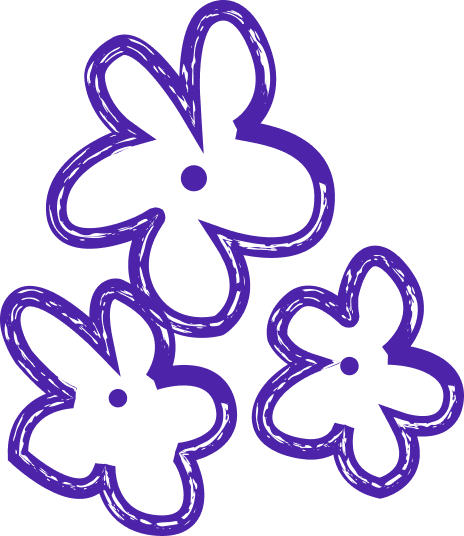
user stories
User Stories
User Stories: A Powerful Tool for Agile Development
Introduction
User Stories are a fundamental concept in agile software development that help capture and communicate the requirements of a system from the perspective of end users or stakeholders. They provide a concise and user-centric description of desired system behavior, enabling software development teams to deliver value in an iterative and incremental manner.
Understanding User Stories
User Stories are brief, informal narratives that describe a specific functionality or feature from the user's point of view. They serve as a means to capture the "who," "what," and "why" of a requirement, without going into excessive detail. By focusing on the needs and goals of the user, User Stories facilitate effective communication and collaboration between stakeholders and development teams.
Components of a User Story
A typical User Story consists of three essential elements: the user role, the desired action, and the expected outcome. The user role represents the persona or type of user who will benefit from the feature being described. The desired action outlines what the user wants to accomplish or the problem they need to solve. Lastly, the expected outcome specifies the result or benefit the user expects to achieve by using the system.
User Stories in Agile Development
In the context of agile development methodologies, such as Scrum or Kanban, User Stories are used as building blocks for project planning, prioritization, and estimation. They provide a shared understanding of the desired system behavior among all project stakeholders, including developers, testers, and product owners. User Stories are often written on index cards or in digital tools, making them easily manageable and adaptable throughout the development lifecycle.
Benefits of User Stories
User Stories offer several advantages over traditional requirements documentation. They promote a user-centric mindset, ensuring that the development team remains focused on delivering value to the end users. User Stories also encourage collaboration and feedback, as they are typically discussed and refined during agile ceremonies like sprint planning or backlog refinement sessions. Furthermore, User Stories enable teams to embrace change by accommodating evolving user needs and priorities.
Conclusion
In summary, User Stories are a powerful tool that enables software development teams to deliver user-focused solutions in an agile and iterative manner. By capturing the essence of user requirements in a concise and understandable format, User Stories foster effective communication, collaboration, and flexibility throughout the development process. Incorporating User Stories into the software development lifecycle can significantly contribute to the success of projects and the satisfaction of end users.
Introduction
User Stories are a fundamental concept in agile software development that help capture and communicate the requirements of a system from the perspective of end users or stakeholders. They provide a concise and user-centric description of desired system behavior, enabling software development teams to deliver value in an iterative and incremental manner.
Understanding User Stories
User Stories are brief, informal narratives that describe a specific functionality or feature from the user's point of view. They serve as a means to capture the "who," "what," and "why" of a requirement, without going into excessive detail. By focusing on the needs and goals of the user, User Stories facilitate effective communication and collaboration between stakeholders and development teams.
Components of a User Story
A typical User Story consists of three essential elements: the user role, the desired action, and the expected outcome. The user role represents the persona or type of user who will benefit from the feature being described. The desired action outlines what the user wants to accomplish or the problem they need to solve. Lastly, the expected outcome specifies the result or benefit the user expects to achieve by using the system.
User Stories in Agile Development
In the context of agile development methodologies, such as Scrum or Kanban, User Stories are used as building blocks for project planning, prioritization, and estimation. They provide a shared understanding of the desired system behavior among all project stakeholders, including developers, testers, and product owners. User Stories are often written on index cards or in digital tools, making them easily manageable and adaptable throughout the development lifecycle.
Benefits of User Stories
User Stories offer several advantages over traditional requirements documentation. They promote a user-centric mindset, ensuring that the development team remains focused on delivering value to the end users. User Stories also encourage collaboration and feedback, as they are typically discussed and refined during agile ceremonies like sprint planning or backlog refinement sessions. Furthermore, User Stories enable teams to embrace change by accommodating evolving user needs and priorities.
Conclusion
In summary, User Stories are a powerful tool that enables software development teams to deliver user-focused solutions in an agile and iterative manner. By capturing the essence of user requirements in a concise and understandable format, User Stories foster effective communication, collaboration, and flexibility throughout the development process. Incorporating User Stories into the software development lifecycle can significantly contribute to the success of projects and the satisfaction of end users.
Digital Transformation Strategy for Siemens Finance
Cloud-based platform for Siemens Financial Services in Poland
Kick-start your digital transformation strategy with experts.
We design tailored digital transformation strategies that address real business needs.
- Strategic workshops
- Process & systems audit
- Implementation roadmap




